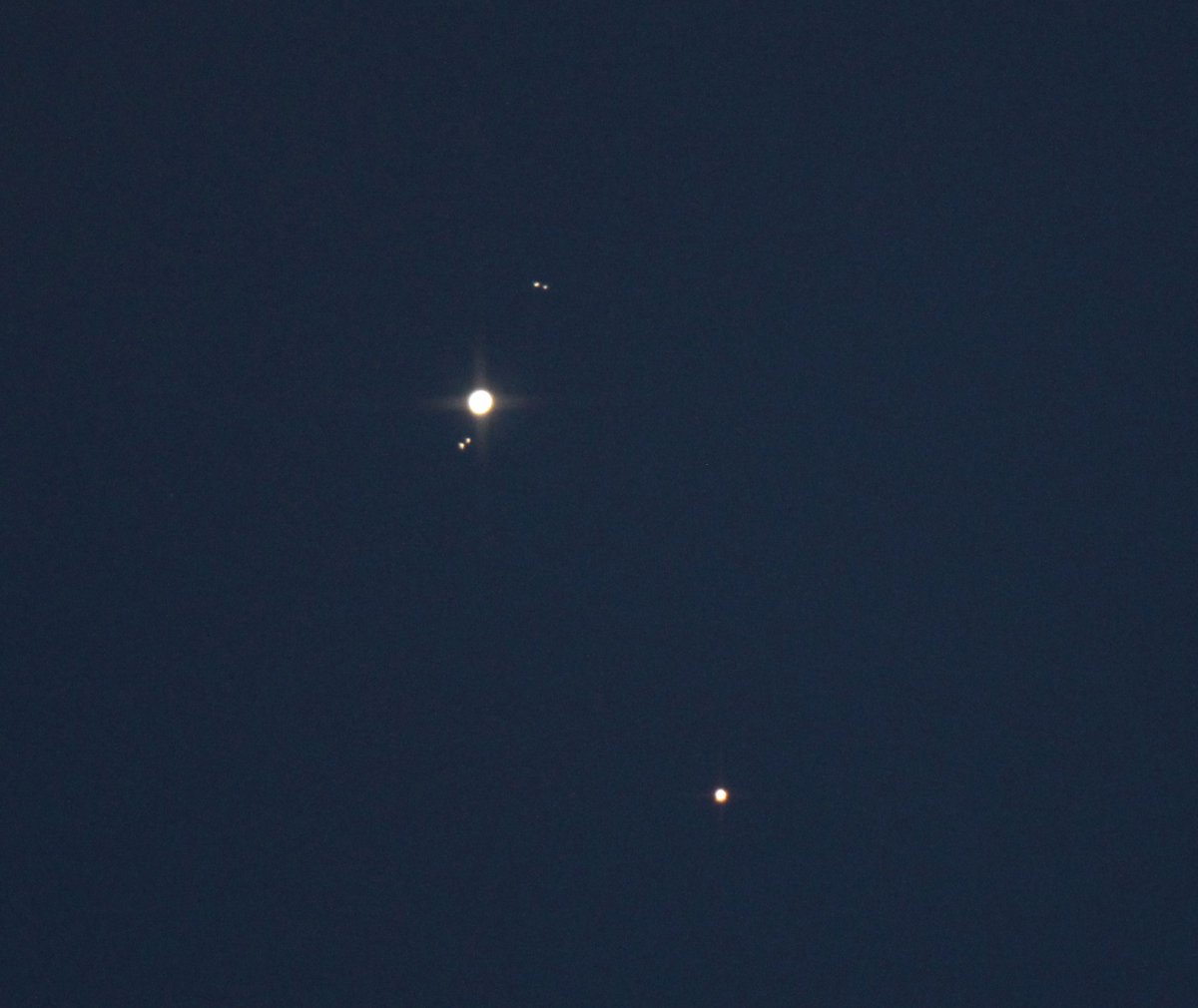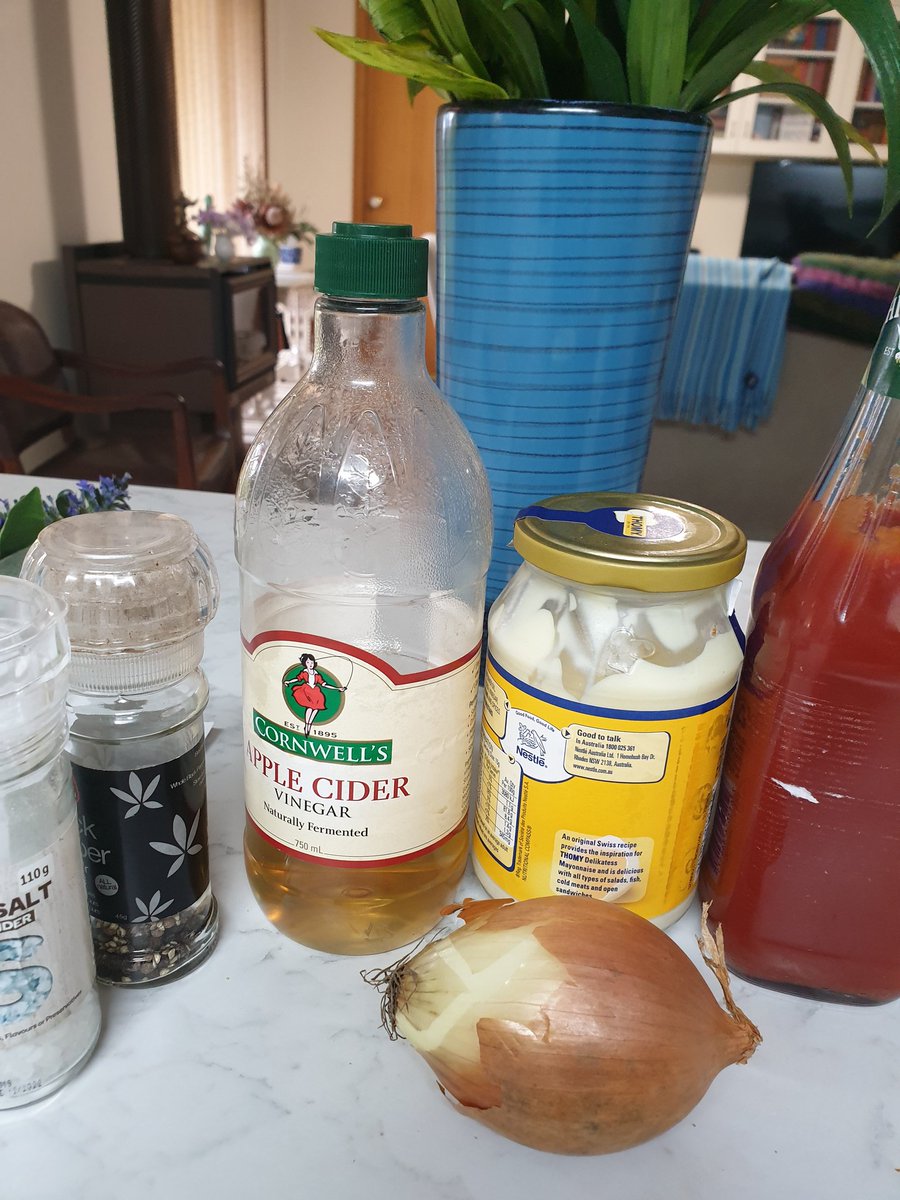
After the Geminids meteor shower the next big Astronomical event is a Solar Eclipse on 14 December. However not visible from the UK. Handily there is a big Astronomical occurring after that, visible all over the world. A super conjunction on 21 December. Jupiter and Saturn.
Jupiter and Saturn will appear so close together they will nearly look like one object. Should be an amazing sight in Binoculars and telescopes. Also a great photo opportunity. Will be tricky to observe and capture from the UK though.
The planets will be very low on the horizon from my location and mid northern latitudes. Won't be possible for me to see them from my house so I'll have to take all my doings to another spot. I'll need a clear southern horizon looking to the southwest. I know the perfect spot.
My perfect spot I call the dodgy spot. It is well named. Not the safest location to go to but it offers a great clear southern horizon. I can see objects way low down just as they're about to set. I've used it many many times.
Problem is though to capture them together well I'll need to use my biggest Telescope. Need to ensure I capture Saturn's rings and Jupiter's Galilean moons all in one picture. However I don't drive and Covid restrictions make it extra tricky. I've got a cunning plan though.
The plan involves my brother, his car, my doings, and social distancing. Should prove interesting. As I tweeted above the conjuction will be best captured using my big Telescope at prime focus as well as using a Barlow lens.
"Prime focus" means to connect a camera, using a T adapter, directly to a telescope. A Barlow lens is used to increase the focal length of a Telescope. Effectively giving a higher magnification. I also plan to use my Celestron Travelscope 70 Telescope. A lot of doings.
These views from Stellarium give an idea of how the conjunction might look naked eye, using my Celestron, and my Sky-Watcher at prime focus. This is looking southwest. 





I'm only planning to take single exposures so got to make every one count. Initially I'll use fairly high ISO (around 1600) and longish exposures (around 1 second) to ensure I capture Jupiter's Galileans with Saturn's rings.
For more detailed images I will be reducing the ISO and exposure time to try capture bands on Jupiter with Saturn's rings too. I'll be using the Barlow lens for this. This will be a little fiddly depending on the conditions that late afternoon.
I will have a fairly short window of opportunity to capture anything before the planets set. Handily on the days leading up to this they will appear very close together so I might get a bit of practice in. Weather permitting. I'll have everything crossed for the event.
• • •
Missing some Tweet in this thread? You can try to
force a refresh






